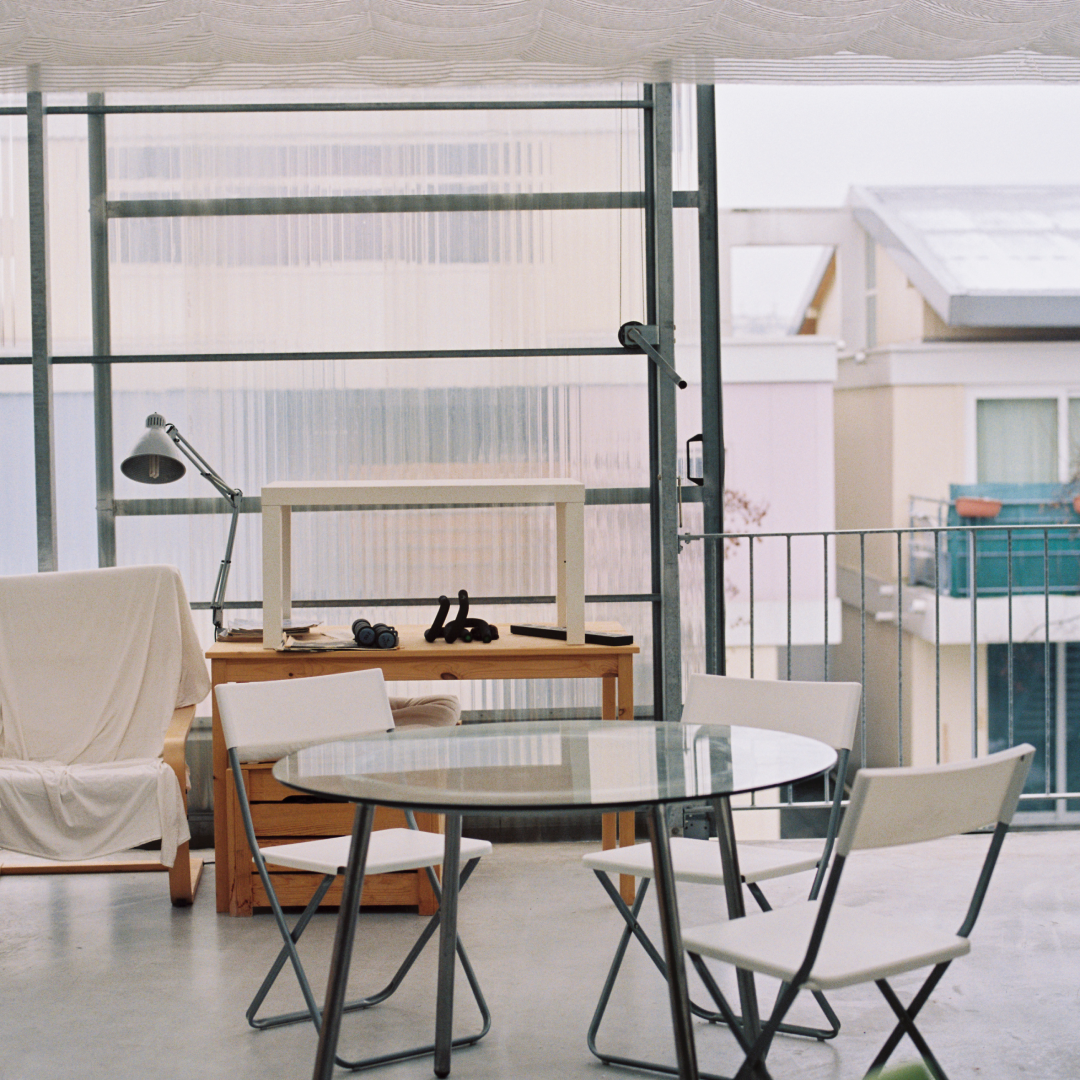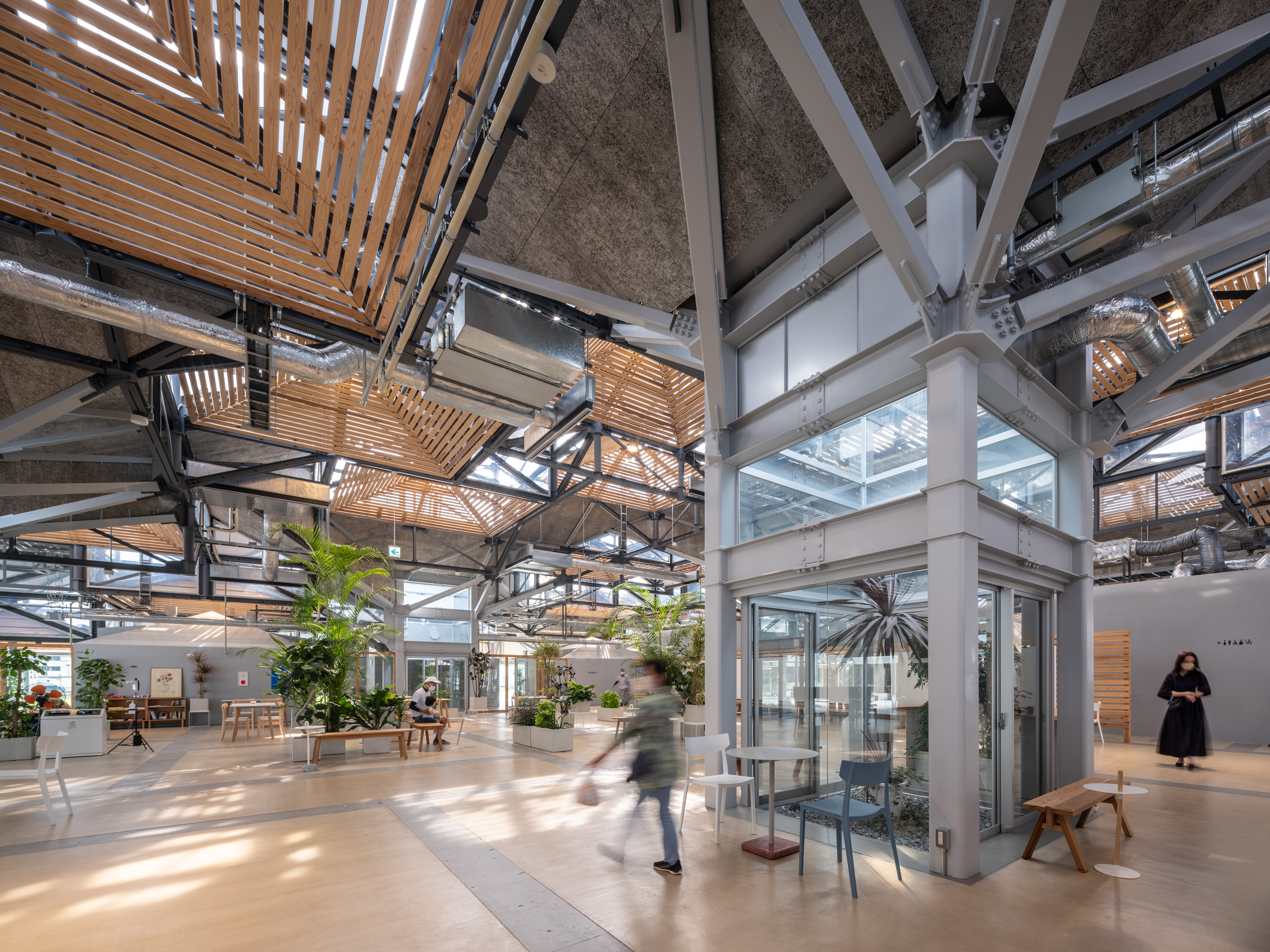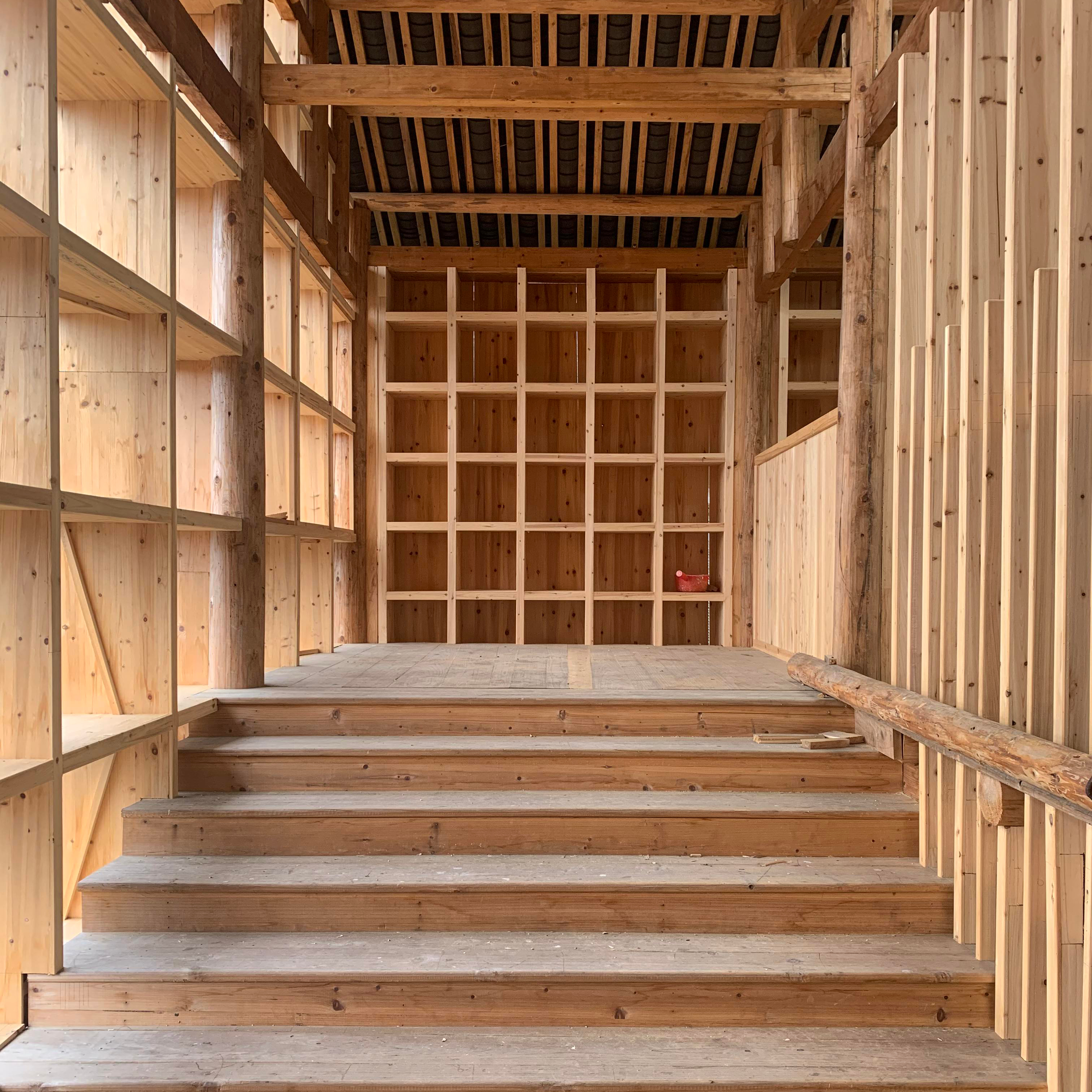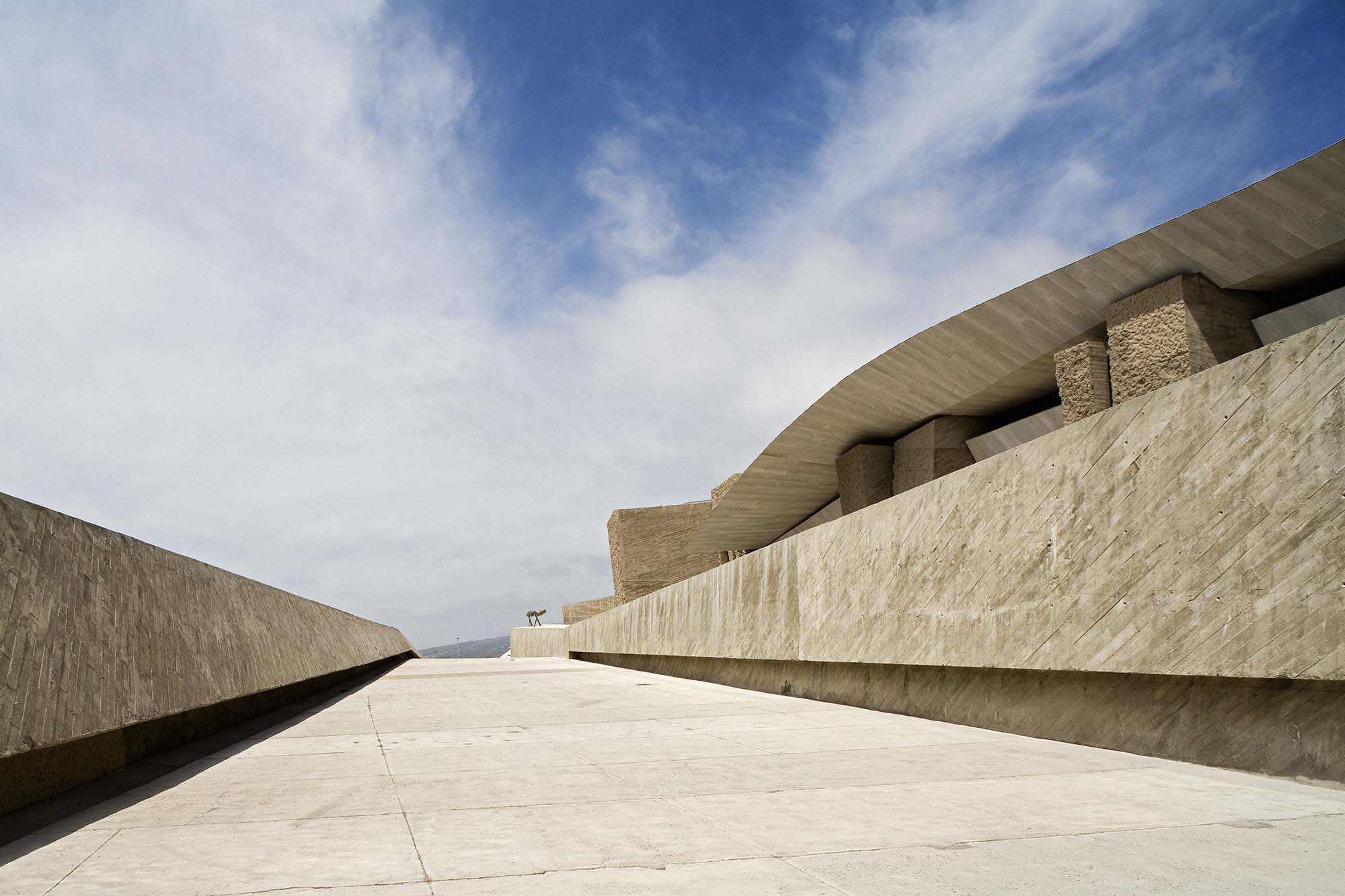Creative Activity-based Learning and Office Environments Require a New Way of Designing Daylight
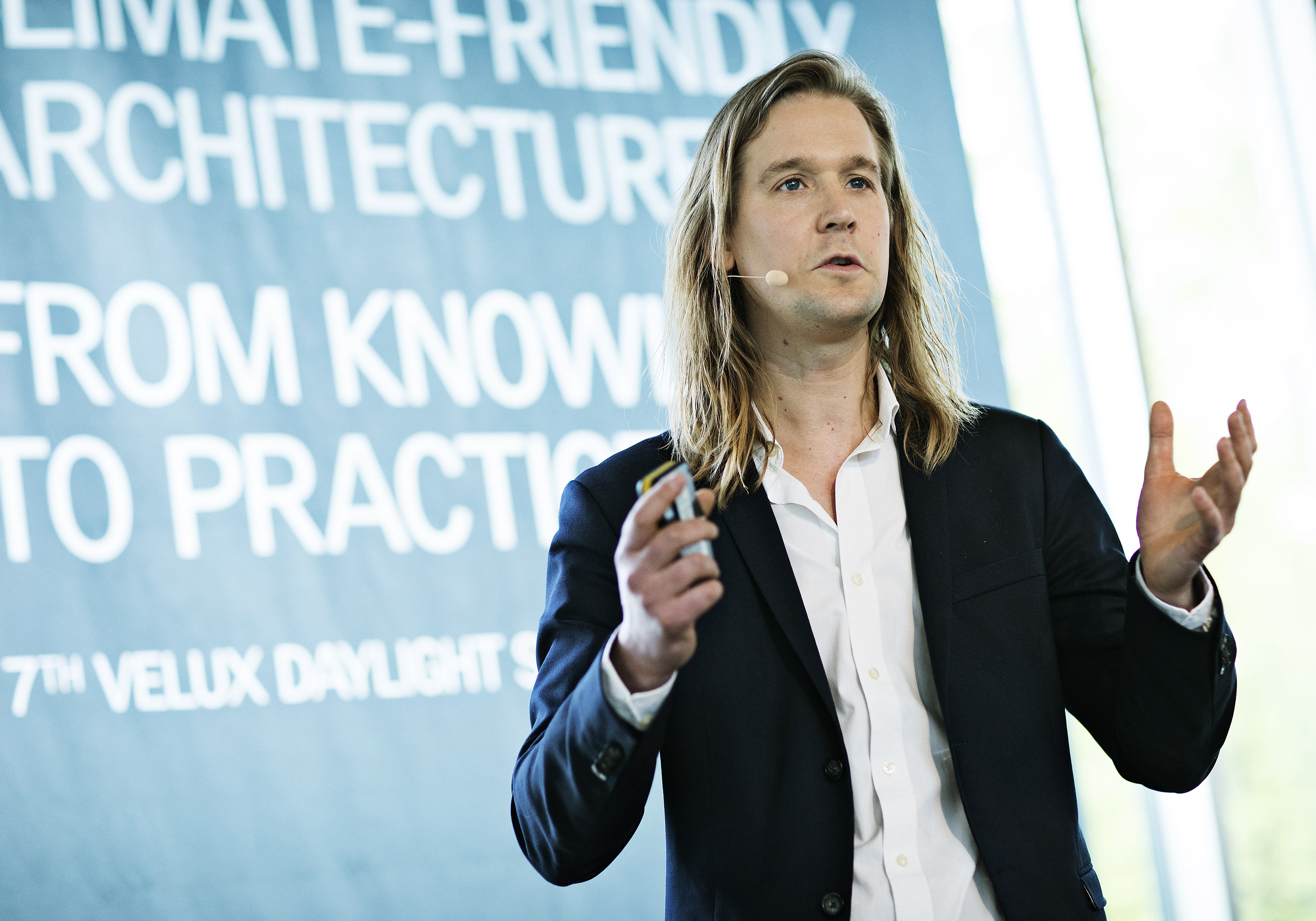
Lecture from the 7th VELUX Daylight Symposium that took place in Berlin on 3-4 May 2017 by Jakob Strømann-Andersen.
Daylight is a fundamental premise when we approach architecture. It is undoubtedly one of our most important resources – not to mention the most costless. However, the legacy of excessive daylight, to promote task performance, is still apparent today. While the new European daylight standard prEN 17037:2016 lays a well-reasoned foundation for standardized daylight levels in learning and office environments, it nevertheless needs further advancements in the very thing it is endorsing – productivity.
What we see today, is a radical change in learning and office environments. New school reforms are encouraging more vigorous learning scenarios, and offices are progressively offering new influential work settings. Conventional classrooms are pushed closer toward the core of the building, avoiding distractions from glare, overheating and direct sunlight from the facade, and conformist office desks along the façade periphery, are replaced with larger set-down spaces, multiple communal and gathering areas, establishing more frequent social encounters – also encouraging activity and movement. We are acknowledging this shift in paradigms. Creative environments are significantly different from 10 years ago. Dynamic spaces are a game changer – and dynamic daylight supports it.
We have already begun to link daylight variability with increased productivity. Studies show that students are showing better academic results in contrast filled spaces, while also profiting from increased social interactions, in areas which offer higher levels of daylight. In other words, more daylight, necessarily isn’t the best daylight for productivity – however is indeed the most preferable for activity and movement.
Activity thrives in high daylight quantities, and academic productivity thrives in the quality6. This has pushed us to design accordingly. However, there are glitches in doing so. The new EU standard proposes no easy solution for optimal productivity. The new EU standard constitutes, that every inch of the indoor space maintains an even daylight distribution of 0.7% – nonetheless a well-intentioned ambition to create common ground for daylight designs. However, while the daylight factor commits to maintain even daylight distributions, it leaves little room for the actual thing that productivity prospers from – daylight variation. The regulations are simply too narrow, favoring high daylight levels, but with inadequate concerns to context nor purpose. Unfortunately, daylight quality, and ultimately productivity, suffers from it.
The newly inaugurated Frederiksberg School in Aarhus exemplifies an interesting dilemma. The school is built in the center of Aarhus, and is surrounded by high building densities. This means that a majority of the classrooms barely maintain minimum daylight factors of 0.7% because of obstructing buildings – however offering varying levels of daylight instead. Yet, the classrooms are not perceived as unlit nor unwelcoming – on the contrary. Contrast and varying daylight have shown to differentiate the classrooms, encouraging the children’s engagement and attentiveness for longer periods of time.
Offices have also improved productivity levels through dynamic settings and daylight variation7. Facebook has invested in dynamic mile long rooms, Yahoo has suspended home hours to increase social interaction in office hours, and Google’s new campus is designed to maximize chance encounters in dynamic settings. The cubicle is dead – but the demand for diversity is very much alive. The learning environment has expanded away from its conformities, and has suitably optimized its gross area to hold more employees – serving as an equal driver for increased profits.
The standard prEN 17037:2016 is a definite improvement from previous standards. However, there are certainly irregularities which challenge our ability to enable optimal productivity in schools and offices.
Jakob Strømann-Andersen is partner, and Head of Sustainability Engineering at Henning Larsen. Jakob holds a Ph.D. in Architectural Engineering and he is recognized for his extensive involvement in state-ofthe art research, focusing on sustainable and energy-efficient urban developments through daylight. Jakob works to develop data-driven solutions to daylight renovation and retrofitting strategies in urban perspectives, in order to create energy-efficient future communities. He is an experienced communicator of innovative and integrated design processes and daylight schemes, where he strives to connect engineering, architecture and modern technology – essentially forming the basis for successful sustainable results.
Jakob was selected speaker for the annual New York Energy week 2016, at PEDCO’s fifth high performance buildings seminar 2016, and at this year’s Annual Innovative Glazing Global Summit. In addition, Jakob works as an external associate Professor at the Technical University of Denmark, lectures at the Royal Danish Academy of Fine Arts and acts as DGNB Auditor of City Districts.

